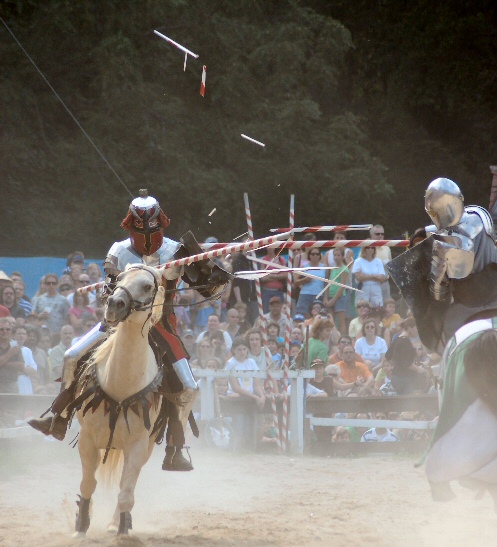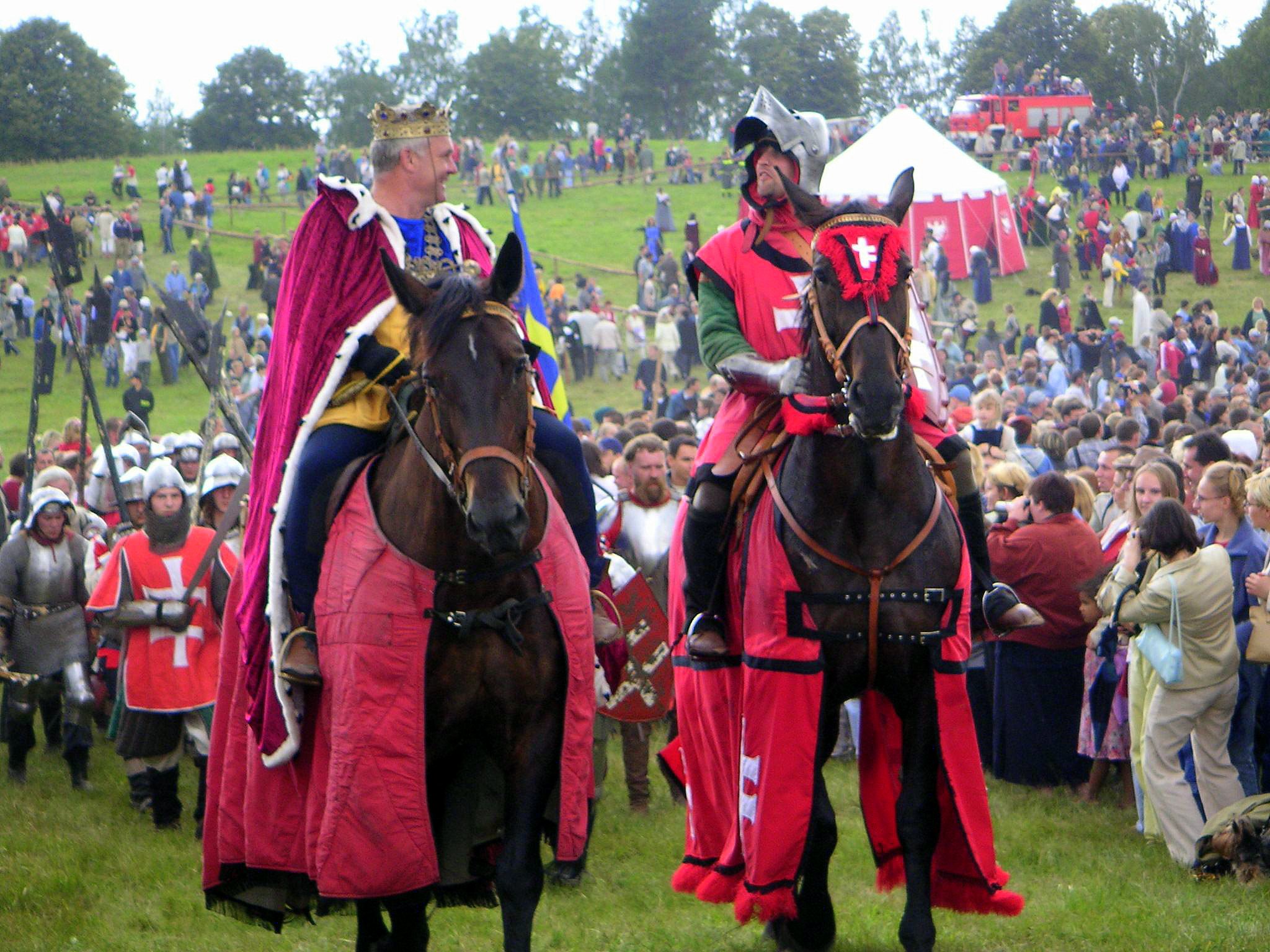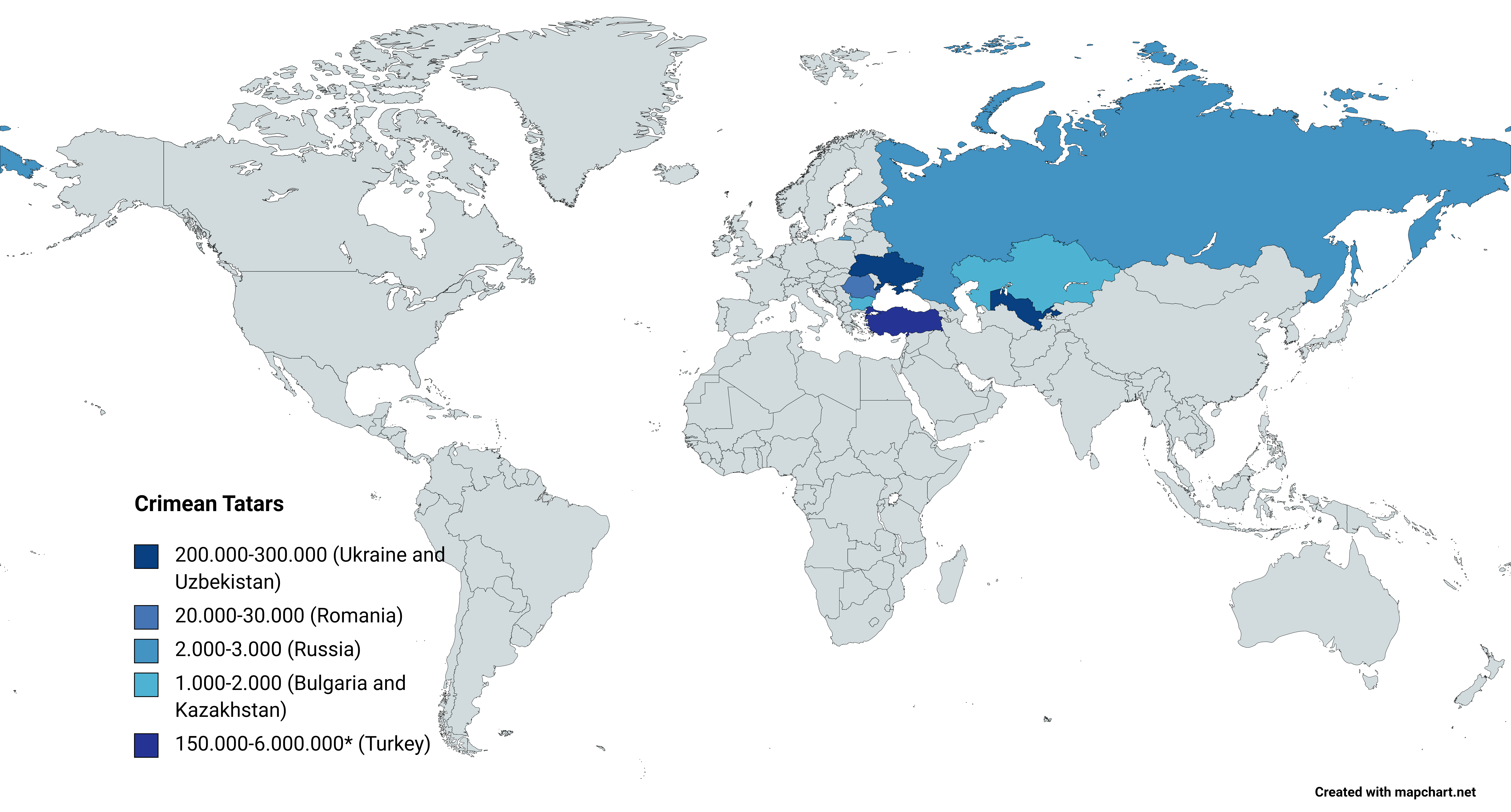|
Navahrudak Castle
The former castle in Navahrudak, Belarus ( be, Навагрудскі замак, lt, Naugarduko pilis, pl, Zamek w Nowogródku) was one of the key strongholds of the Grand Duchy of Lithuania, cited by Maciej Stryjkowski as the location of Mindaugas's coronation as King of Lithuania as well as his likely burial place.Tomas BaranauskasМесто коронации Миндаугаса On the opinion of Lithuanian historians (Tomas Baranauskas, T.Baranauskas etc.), there is no information that King Mindaugas lived or visited Navahrudak at all - it is Maciej Stryjkowski, Maciej Stryjkowski's XVI century written unargued conjecture in the interpretation of legends. [...More Info...] [...Related Items...] OR: [Wikipedia] [Google] [Baidu] |
Castle
A castle is a type of fortified structure built during the Middle Ages predominantly by the nobility or royalty and by military orders. Scholars debate the scope of the word ''castle'', but usually consider it to be the private fortified residence of a lord or noble. This is distinct from a palace, which is not fortified; from a fortress, which was not always a residence for royalty or nobility; from a ''pleasance'' which was a walled-in residence for nobility, but not adequately fortified; and from a fortified settlement, which was a public defence – though there are many similarities among these types of construction. Use of the term has varied over time and has also been applied to structures such as hill forts and 19th-20th century homes built to resemble castles. Over the approximately 900 years when genuine castles were built, they took on a great many forms with many different features, although some, such as curtain walls, arrowslits, and portcullises, were ... [...More Info...] [...Related Items...] OR: [Wikipedia] [Google] [Baidu] |
Vytautas The Great
Vytautas (c. 135027 October 1430), also known as Vytautas the Great ( Lithuanian: ', be, Вітаўт, ''Vitaŭt'', pl, Witold Kiejstutowicz, ''Witold Aleksander'' or ''Witold Wielki'' Ruthenian: ''Vitovt'', Latin: ''Alexander Vitoldus'', Old German: ''Wythaws or Wythawt'') from the late 14th century onwards, was a ruler of the Grand Duchy of Lithuania. He was also the Prince of Grodno (1370–1382), Prince of Lutsk (1387–1389), and the postulated king of the Hussites. In modern Lithuania, Vytautas is revered as a national hero and was an important figure in the national rebirth in the 19th century. ''Vytautas'' is a popular male given name in Lithuania. In commemoration of the 500-year anniversary of his death, Vytautas Magnus University was named after him. Monuments in his honour were built in many towns in the independent Lithuania during the interwar period from 1918 to 1939. It is known that Vytautas himself knew and spoke in the Lithuanian language with Jogaila. ... [...More Info...] [...Related Items...] OR: [Wikipedia] [Google] [Baidu] |
Buildings And Structures In Grodno Region
A building, or edifice, is an enclosed structure with a roof and walls standing more or less permanently in one place, such as a house or factory (although there's also portable buildings). Buildings come in a variety of sizes, shapes, and functions, and have been adapted throughout history for a wide number of factors, from building materials available, to weather conditions, land prices, ground conditions, specific uses, prestige, and aesthetic reasons. To better understand the term ''building'' compare the list of nonbuilding structures. Buildings serve several societal needs – primarily as shelter from weather, security, living space, privacy, to store belongings, and to comfortably live and work. A building as a shelter represents a physical division of the human habitat (a place of comfort and safety) and the ''outside'' (a place that at times may be harsh and harmful). Ever since the first cave paintings, buildings have also become objects or canvasses of much artis ... [...More Info...] [...Related Items...] OR: [Wikipedia] [Google] [Baidu] |
Gothic Architecture In Belarus
Gothic or Gothics may refer to: People and languages *Goths or Gothic people, the ethnonym of a group of East Germanic tribes **Gothic language, an extinct East Germanic language spoken by the Goths **Crimean Gothic, the Gothic language spoken by the Crimean Goths, also extinct **Gothic alphabet, one of the alphabets used to write the Gothic language **Gothic (Unicode block), a collection of Unicode characters of the Gothic alphabet Art and architecture *Gothic art, a Medieval art movement *Gothic architecture *Gothic Revival architecture (Neo-Gothic) **Carpenter Gothic **Collegiate Gothic **High Victorian Gothic Romanticism *Gothic fiction or Gothic Romanticism, a literary genre Entertainment *Gothic (film), ''Gothic'' (film), a 1986 film by Ken Russell *Gothic (series), ''Gothic'' (series), a video game series originally developed by Piranha Bytes Game Studios **Gothic (video game), ''Gothic'' (video game), a 2001 video game developed by Piranha Bytes Game Studios Modern cul ... [...More Info...] [...Related Items...] OR: [Wikipedia] [Google] [Baidu] |
Ruined Castles In Belarus
Ruins () are the remains of a civilization's architecture. The term refers to formerly intact structures that have fallen into a state of partial or total disrepair over time due to a variety of factors, such as lack of maintenance, deliberate destruction by humans, or uncontrollable destruction by natural phenomena. The most common root causes that yield ruins in their wake are natural disasters, armed conflict, and population decline, with many structures becoming progressively derelict over time due to long-term weathering and scavenging. There are famous ruins all over the world, with notable sites originating from ancient China, the Indus Valley and other regions of ancient India, ancient Iran, ancient Israel and Judea, ancient Iraq, ancient Greece, ancient Egypt, Roman sites throughout the Mediterranean Basin, and Incan and Mayan sites in the Americas. Ruins are of great importance to historians, archaeologists and anthropologists, whether they were once individual forti ... [...More Info...] [...Related Items...] OR: [Wikipedia] [Google] [Baidu] |
Theatrical Jousting
Coined in the late 20th century by American stunt performer Kent Shelton, the term theatrical jousting refers to a form of live entertainment in which a medieval jousting tournament is recreated in conjunction with a scripted performance. Alternative terms are "jousting reenactment" or "choreographed jousting". The Hanlon-Lees Action Theater is credited with developing the theatrical joust format in 1979; its first appearance was at the New York Renaissance Faire in Tuxedo, New York. This type of performance has become very popular at various renaissance fairs by the early 2000s. Typically a three-act affair, the theatrical joust consists of #a display of skill; #a mock battle which results in a verbal challenge; #an armed joust on horseback, often "to the death." A variety of colorful characters, either villainous or heroic, give the audience (which is usually divided into sectors based upon the number of "knight A knight is a person granted an honorary title of knighth ... [...More Info...] [...Related Items...] OR: [Wikipedia] [Google] [Baidu] |
Medieval Reenactment
Medieval reenactment is a form of historical reenactment that focuses on re-enacting European history in the period from the fall of Rome to about the end of the 15th century. The second half of this period is often called the Middle Ages. This multiplicity of terms is compounded by the variety of other terms used for the period. The first period is sometimes called the Migration Period or Dark Ages by Western European historians, and as Völkerwanderung ("wandering of the peoples") by German historians. This term is usually reserved for the 5th and 6th centuries. Re-enactors who re-create the next period of history - 7th to 11th centuries - often refer to this as Early medieval. The 12th to 14th centuries fall under the term High medieval, while the 15th century is often termed Late medieval. With such a wide range of eras most medieval reenactment groups focus on a smaller time period, sometimes restricting their interest to a particular century, or even a specific decade, series ... [...More Info...] [...Related Items...] OR: [Wikipedia] [Google] [Baidu] |
Great Northern War
The Great Northern War (1700–1721) was a conflict in which a coalition led by the Tsardom of Russia successfully contested the supremacy of the Swedish Empire in Northern, Central and Eastern Europe. The initial leaders of the anti-Swedish alliance were Peter I of Russia, Frederick IV of Denmark–Norway and Augustus II the Strong of Saxony– Poland–Lithuania. Frederick IV and Augustus II were defeated by Sweden, under Charles XII, and forced out of the alliance in 1700 and 1706 respectively, but rejoined it in 1709 after the defeat of Charles XII at the Battle of Poltava. George I of Great Britain and the Electorate of Hanover joined the coalition in 1714 for Hanover and in 1717 for Britain, and Frederick William I of Brandenburg-Prussia joined it in 1715. Charles XII led the Swedish army. Swedish allies included Holstein-Gottorp, several Polish magnates under Stanislaus I Leszczyński (1704–1710) and Cossacks under the Ukrainian Hetman Ivan Mazepa (1708–17 ... [...More Info...] [...Related Items...] OR: [Wikipedia] [Google] [Baidu] |
Swedish Empire
The Swedish Empire was a European great power that exercised territorial control over much of the Baltic region during the 17th and early 18th centuries ( sv, Stormaktstiden, "the Era of Great Power"). The beginning of the empire is usually taken as the reign of Gustavus Adolphus, who ascended the throne in 1611, and its end as the loss of territories in 1721 following the Great Northern War. After the death of Gustavus Adolphus in 1632, the empire was controlled for lengthy periods by part of the high nobility, such as the Oxenstierna family, acting as regents for minor monarchs. The interests of the high nobility contrasted with the uniformity policy (i.e., upholding the traditional equality in status of the Swedish estates favoured by the kings and peasantry). In territories acquired during the periods of ''de facto'' noble rule, serfdom was not abolished, and there was also a trend to set up respective estates in Sweden proper. The Great Reduction of 1680 put an end to th ... [...More Info...] [...Related Items...] OR: [Wikipedia] [Google] [Baidu] |
Russo-Polish War (1654–67)
Armed conflicts between Poland (including the Polish–Lithuanian Commonwealth) and Russia (including the Soviet Union) include: Originally a Polish civil war that Russia, among others, became involved in. Originally a Hungarian revolution but was joined with Polish force on Hungarian side against Austria and Russia. Part of the broader Russian Revolution of 1905. See also * * * * * – in most of which Kingdom of Poland was allied with the Grand Duchy of Lithuania The Grand Duchy of Lithuania was a European state that existed from the 13th century to 1795, when the territory was partitioned among the Russian Empire, the Kingdom of Prussia, and the Habsburg Empire of Austria. The state was founded by Lit ... * * * * * * References {{DEFAULTSORT:Polish-Russian War Lists of military conflicts ... [...More Info...] [...Related Items...] OR: [Wikipedia] [Google] [Baidu] |
Crimean Tatars
, flag = Flag of the Crimean Tatar people.svg , flag_caption = Flag of Crimean Tatars , image = Love, Peace, Traditions.jpg , caption = Crimean Tatars in traditional clothing in front of the Khan's Palace , poptime = , popplace = , region1 = , pop1 = 3,500,000 6,000,000 , ref1 = , region2 = * , pop2 = 248,193 , ref2 = , region3 = , pop3 = 239,000 , ref3 = , region4 = , pop4 = 24,137 , ref4 = , region5 = , pop5 = 2,449 , ref5 = , region7 = , pop7 = 1,803 , ref7 = , region8 = , pop8 = 1,532 , ref8 = , region9 = *() , pop9 = 7,000(500–1,000) , ref9 = , region10 = Total , pop10 = 4.024.114 (or 6.524.11 ... [...More Info...] [...Related Items...] OR: [Wikipedia] [Google] [Baidu] |
Heinrich Von Plötzke
Heinrich von Plötzke ( 1264 – 27 July 1320 in Varniai, Medininkai, Lithuania) was an officer of the Teutonic Knights, Teutonic Order during the late 13th and early 14th centuries. Heinrich was the Komtur of Altenburg in 1286 and of Halle, Saxony-Anhalt, Halle in 1287, after which he was transferred to Prussia (region), Prussia. He became the Komtur of Balga in 1294. Heinrich served as the Landmeister of Prussia from 1307–1309, and he was based in Elbląg, Elbing. Hochmeister Siegfried von Feuchtwangen, Heinrich (and a relative of Gunther von Schwarzburg of the same name) led the Order's forces which relieved Margraviate of Brandenburg, Brandenburg's siege of Gdańsk, Danzig in 1308, but refused to relinquish the city to King Władysław I the Elbow-high of Poland who did not offer enough reimbursement for the Order's expenses. This led to the Teutonic takeover of Danzig. By the Treaty of Soldin (1309), Treaty of Soldin of 1309, Heinrich purchased Brandenburg's claims on Pomer ... [...More Info...] [...Related Items...] OR: [Wikipedia] [Google] [Baidu] |









